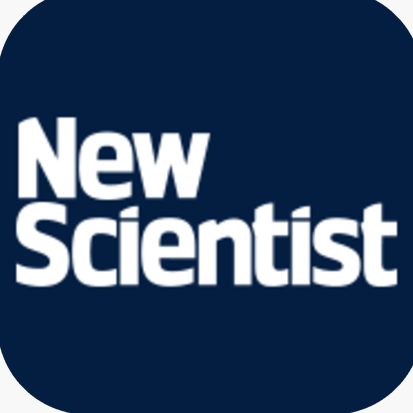


The best place to find out what’s new in science – and why it matters
198 people like this
0 Posts
0 Photos
0 Videos



